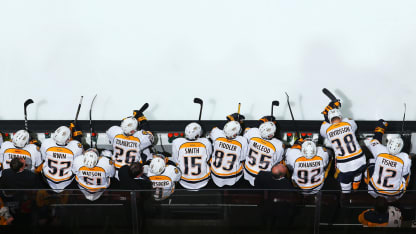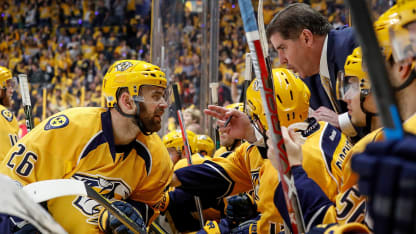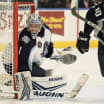As the Predators embark on their first trip to the Western Conference Final, the narrative from the national media often centers on the unlikely run of this Second Wildcard team (also referred to as an eight seed).
In reality, the Preds have slowly blossomed into a team whose stats can match any elite squad's - since Jan. 10. Let's take a look back:
On the night of Jan. 8, Nashville played their 40th game of the season and lost in Chicago 5-2. It was a frustrating affair in which the Blackhawks scored three late third-period goals (two empty-netters) to break open a tight game. The Predators had lost many close games in this fashion to that point in the season - unlucky one night, not doing "the little things" on another. The formula wasn't quite right, but everyone on the team knew they were capable of more. "Inconsistent" was a word used to describe them more than perhaps any other.
Not an Ordinary Eight Seed: Preds Since Jan. 10
Since January 10, Predators are 32-15-5 Overall and 19-4-3 at Home

© Debora Robinson

© Getty Images


















